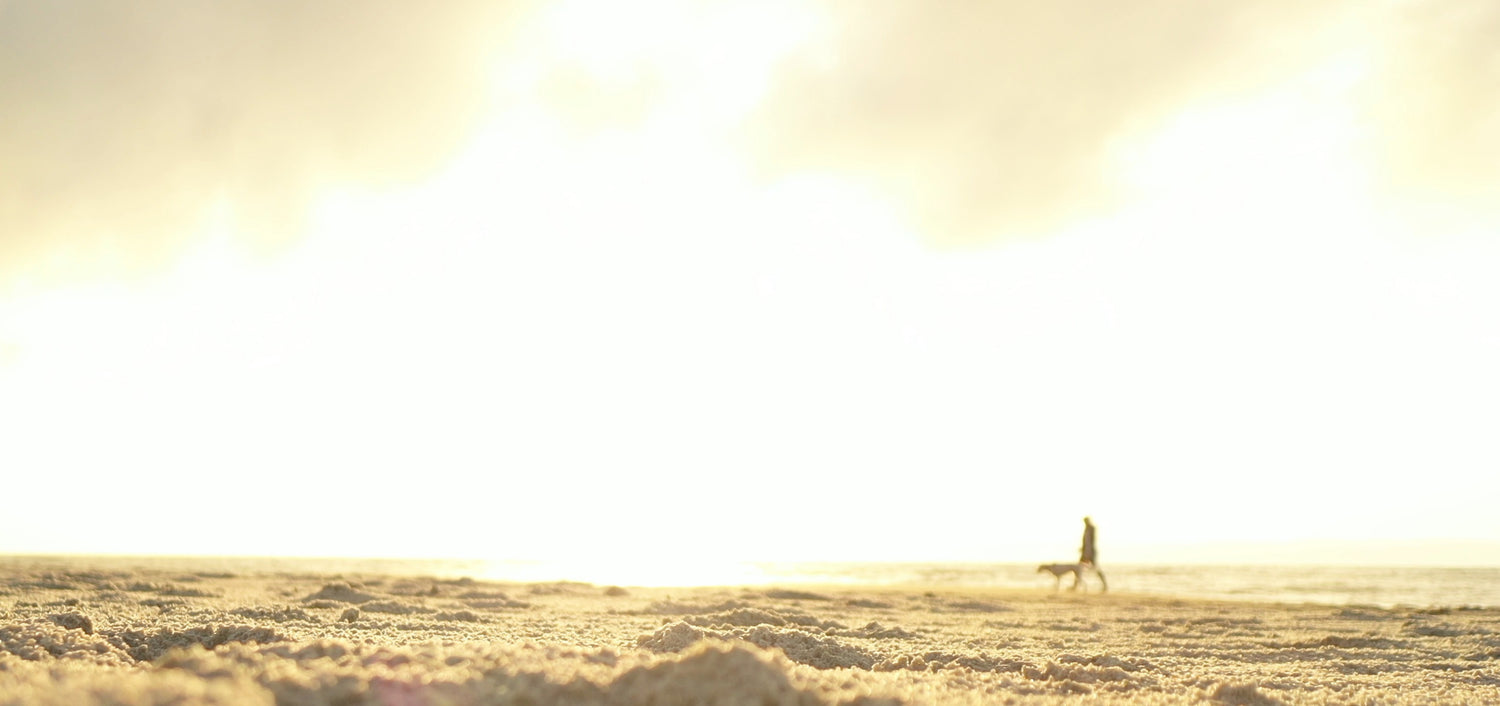Mission Priority
What does it mean to be a creative person?
To be a creative person means embracing and cultivating creativity in all aspects of one's existence. It involves approaching life with an open mind, a willingness to explore new ideas, and a desire to express oneself authentically. Here are some key aspects of living a life as a creative person:
- Openness to New Experiences: Creativity thrives in an environment where one is curious and open to new experiences. Living a creative life means seeking out novel situations, trying new things, and being receptive to diverse perspectives.
- Embracing Uncertainty: Creativity often involves stepping into the unknown and embracing uncertainty. Living a creative life means being comfortable with ambiguity and viewing challenges as opportunities for growth and innovation.
- Expressing Authenticity: Living a creative life involves expressing oneself authentically and staying true to one's values, passions, and interests. It's about finding unique ways to share one's voice and experiences with the world.
- Engaging in Creative Practices: Engaging in creative practices such as writing, painting, music, or cooking allows individuals to tap into their innate creativity and express themselves in meaningful ways. Living a creative life involves making time for these activities and nurturing one's creative skills.
- Seeing the World Differently: Creativity involves looking at the world through a different lens and seeing possibilities where others may see limitations. Living a creative life means embracing unconventional thinking and challenging the status quo.
- Embracing Failure and Iteration: Creativity often involves taking risks and being willing to fail. Living a creative life means embracing failure as a natural part of the creative process and using setbacks as opportunities to learn and grow.
- Finding Inspiration Everywhere: Living a creative life means finding inspiration in everyday moments and experiences. It's about being observant, curious, and open to the beauty and wonder of the world around us.
- Fostering Connection and Collaboration: Creativity thrives in environments where individuals can collaborate, share ideas, and build upon each other's work. Living a creative life involves fostering connections with others who share similar interests and passions.
Overall, living a creative life is about cultivating a mindset of curiosity, experimentation, and self-expression. It's about embracing the joy of creation and allowing creativity to infuse every aspect of one's existence.
What are the challenges of living a creative life?
While living a creative life can be immensely rewarding, it also comes with its own set of challenges. Here are some common obstacles that individuals may encounter when striving to live a creative life:
- Self-Doubt: Doubting one's creative abilities or feeling insecure about one's work is a common challenge for many creative individuals. Overcoming self-doubt and building confidence in one's creative pursuits can be a significant hurdle.
- Fear of Failure: The fear of failure can be paralyzing for creative individuals, leading to procrastination or avoidance of creative projects. Learning to embrace failure as a natural part of the creative process and using setbacks as opportunities for growth is essential.
- Creative Block: Creative block, also known as writer's block or artist's block, is a common challenge for creatives. It can be frustrating to feel stuck or uninspired, leading to a lack of motivation and productivity.
- Perfectionism: Striving for perfection can inhibit creativity and prevent individuals from taking risks or exploring new ideas. Learning to embrace imperfection and view mistakes as valuable learning experiences is key to overcoming perfectionism.
- External Pressures: External pressures, such as societal expectations or financial constraints, can stifle creativity and inhibit individuals from pursuing their creative passions. Balancing these external pressures with the desire to live a creative life can be challenging.
- Time Management: Finding time for creative pursuits amidst the demands of work, family, and other obligations can be difficult. Effective time management skills are essential for prioritizing creative activities and making time for self-expression.
- Criticism and Rejection: Facing criticism or rejection of one's creative work can be disheartening and demotivating. Learning to accept constructive feedback gracefully and develop resilience in the face of rejection is essential for navigating the ups and downs of the creative process.
- Maintaining Momentum: Staying motivated and maintaining momentum with creative projects can be challenging, especially when faced with obstacles or setbacks. Developing strategies for staying inspired and overcoming creative inertia is essential for sustaining long-term creative practice.
- Balancing Creativity with Practicality: Balancing the pursuit of creative passions with practical concerns such as financial stability or career aspirations can be challenging. Finding a balance between creative fulfillment and meeting practical obligations is essential for living a balanced creative life.
- Isolation: Creativity can be a solitary pursuit, and creative individuals may struggle with feelings of isolation or loneliness. Building a supportive community of fellow creatives and finding opportunities for collaboration and connection can help combat feelings of isolation.
What professions use creativity?
Creativity is a valuable asset across various professions and industries, where it can be utilized to generate business and make money. Here are some professions that heavily rely on creativity:
- Graphic Designers: Graphic designers use creativity to visually communicate messages through various mediums such as logos, branding, advertising materials, websites, and more.
- Artists: Artists create original works of art using various mediums such as painting, drawing, sculpture, photography, and digital media. They may sell their artwork directly to collectors or exhibit their work in galleries.
- Advertising and Marketing Professionals: Professionals in advertising and marketing use creativity to develop engaging campaigns, strategies, and content that capture the attention of target audiences and drive sales.
- Fashion Designers: Fashion designers use creativity to design clothing, accessories, and footwear, creating unique and stylish designs that appeal to consumers and drive sales in the fashion industry.
- Writers and Authors: Writers and authors use creativity to craft compelling stories, articles, books, and other written content for publication in various formats such as print, digital, and online platforms.
- Filmmakers and Directors: Filmmakers and directors use creativity to conceive, write, produce, and direct films, television shows, documentaries, and other visual media that entertain and inspire audiences.
- Interior Designers: Interior designers use creativity to plan, design, and decorate interior spaces such as homes, offices, restaurants, and hotels, creating environments that are functional, aesthetically pleasing, and reflective of clients' preferences.
- Musicians and Performers: Musicians and performers use creativity to compose, produce, and perform music, songs, and live performances that entertain and resonate with audiences, generating revenue through ticket sales, merchandise, and royalties.
- Product Designers and Innovators: Product designers and innovators use creativity to conceptualize, design, and develop innovative products, services, and solutions that address consumer needs and solve real-world problems.
- Entrepreneurs and Startups: Entrepreneurs and startups use creativity to identify opportunities, develop innovative business ideas, and create new products, services, or business models that disrupt markets and generate revenue.
- Architects: Architects use creativity to design and plan the construction of buildings, structures, and spaces, balancing aesthetic appeal, functionality, and environmental sustainability.
- Culinary Chefs and Food Innovators: Culinary chefs and food innovators use creativity to develop unique recipes, innovative culinary techniques, and signature dishes that delight customers and drive business in the food and hospitality industry.
- Event Planners and Organizers: Event planners and organizers use creativity to conceptualize, design, and execute memorable events such as weddings, corporate gatherings, conferences, and festivals, creating immersive experiences that leave a lasting impression on attendees.
- Game Developers and Designers: Game developers and designers use creativity to conceptualize, design, and develop video games, mobile apps, and interactive experiences that entertain and engage players, generating revenue through sales, subscriptions, and in-app purchases.
- Content Creators and Influencers: Content creators and influencers use creativity to produce engaging and entertaining content across various platforms such as social media, YouTube, podcasts, and blogs, attracting audiences and monetizing their influence through sponsorships, partnerships, and advertising.
- UX/UI Designers: User experience (UX) and user interface (UI) designers use creativity to design intuitive and visually appealing digital interfaces for websites, applications, and software products, enhancing user engagement and driving customer satisfaction and retention.
- Toy and Game Designers: Toy and game designers use creativity to develop toys, board games, and interactive play experiences for children and families, capturing imaginations and generating revenue through product sales and licensing agreements.
- Creative Directors: Creative directors oversee and lead creative teams in various industries such as advertising, marketing, design, and media, guiding the development of innovative campaigns, projects, and initiatives that drive business growth and success.
- Educators and Trainers: Educators and trainers use creativity to design and deliver engaging and effective learning experiences, curriculum, and training programs that empower students and professionals to develop new skills, knowledge, and competencies.
- Fine Artists and Craftsmen: Fine artists and craftsmen create original works of art, handmade goods, and artisanal products using traditional or contemporary techniques, selling their creations directly to collectors, galleries, or through online marketplaces.
These are just a few examples of professions where creativity plays a crucial role in generating business and making money in our society. Across various industries, individuals who can harness their creative talents are often able to find innovative solutions, differentiate themselves from competitors, and achieve success in their endeavors.
Never stop creating.

